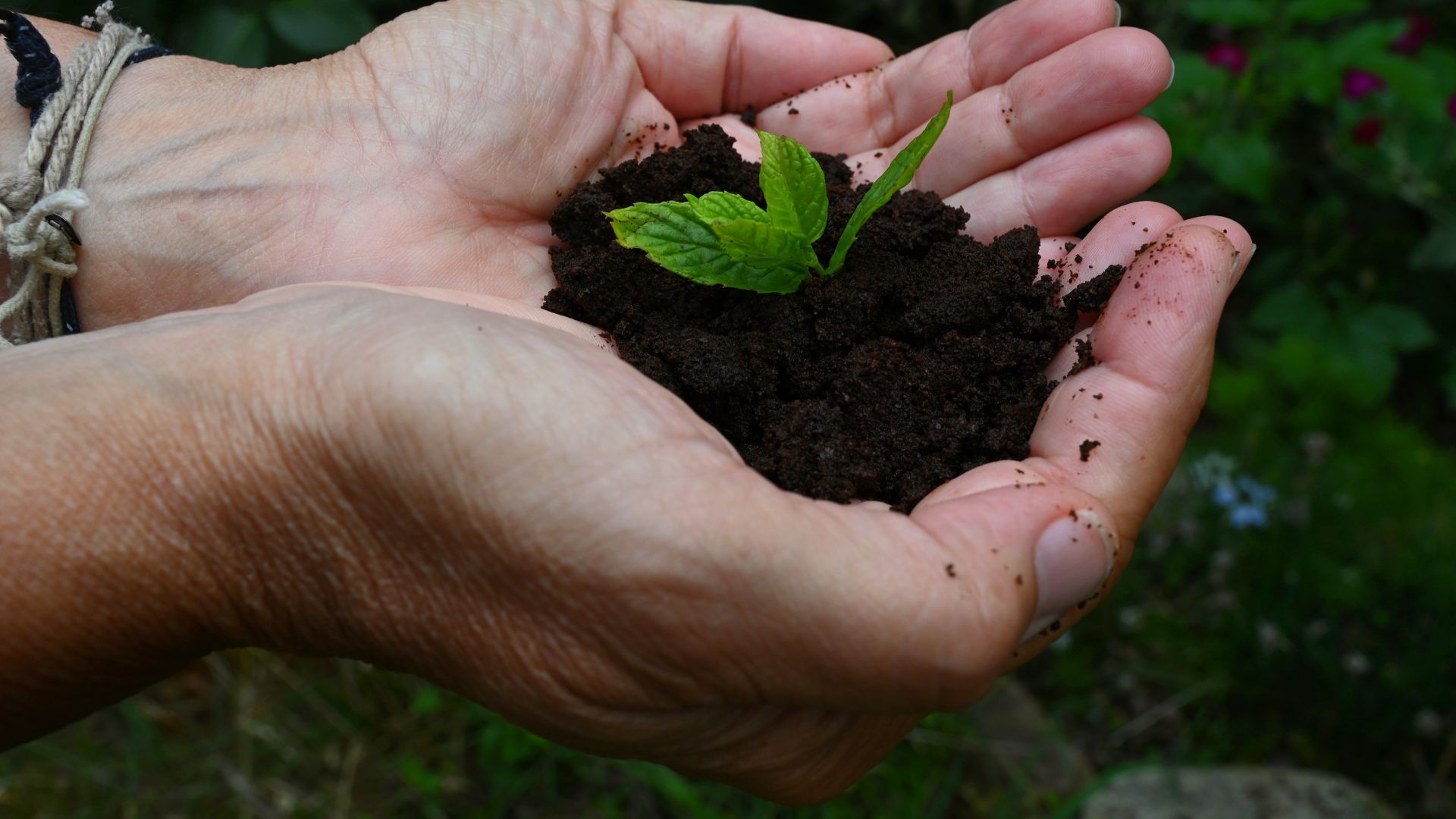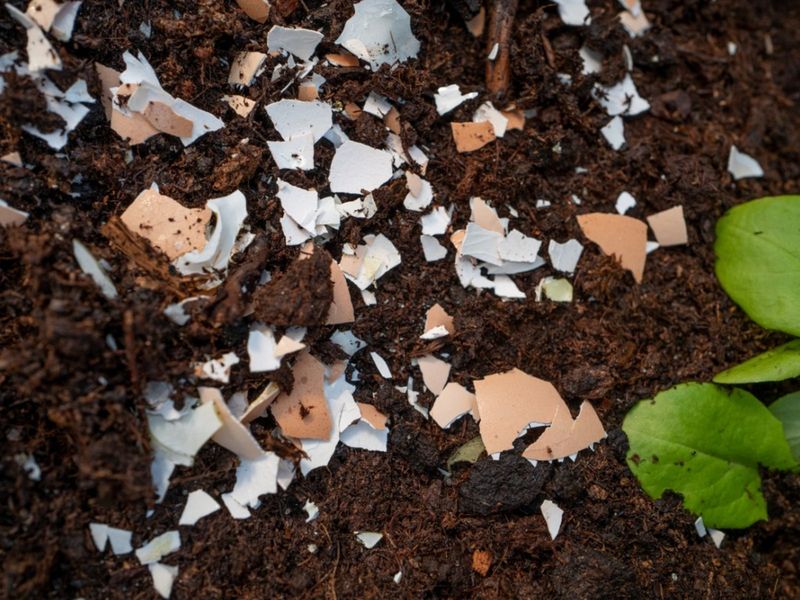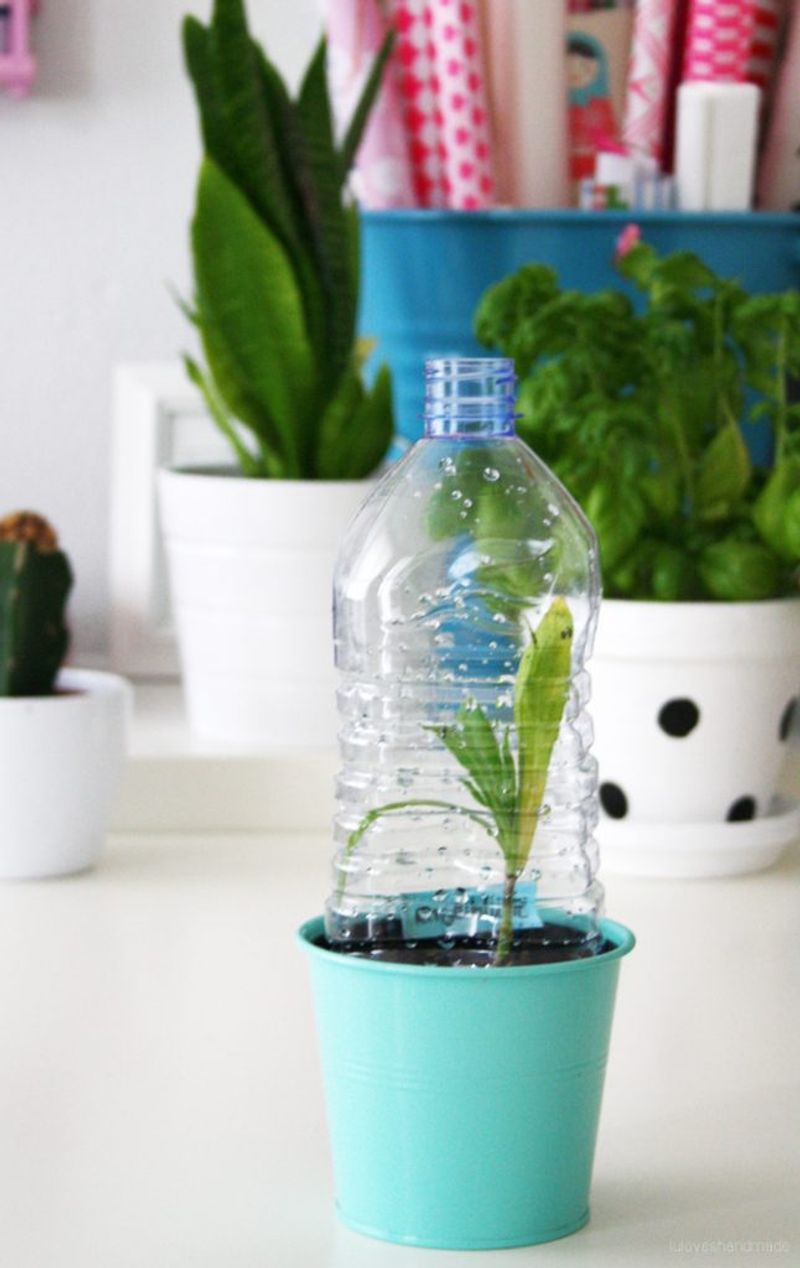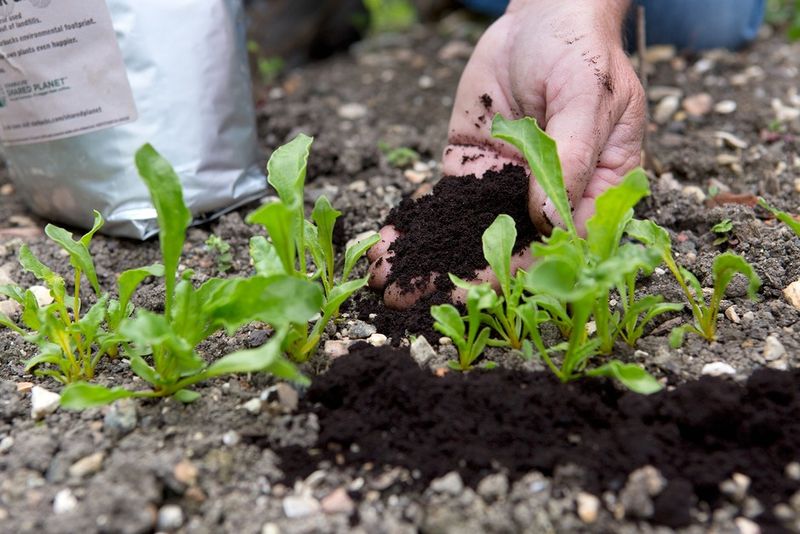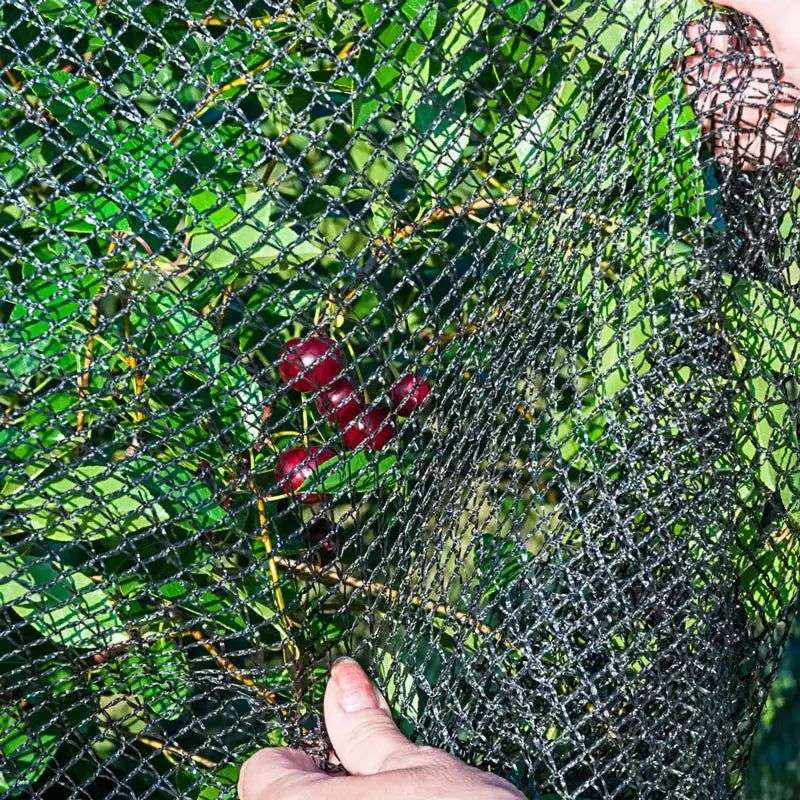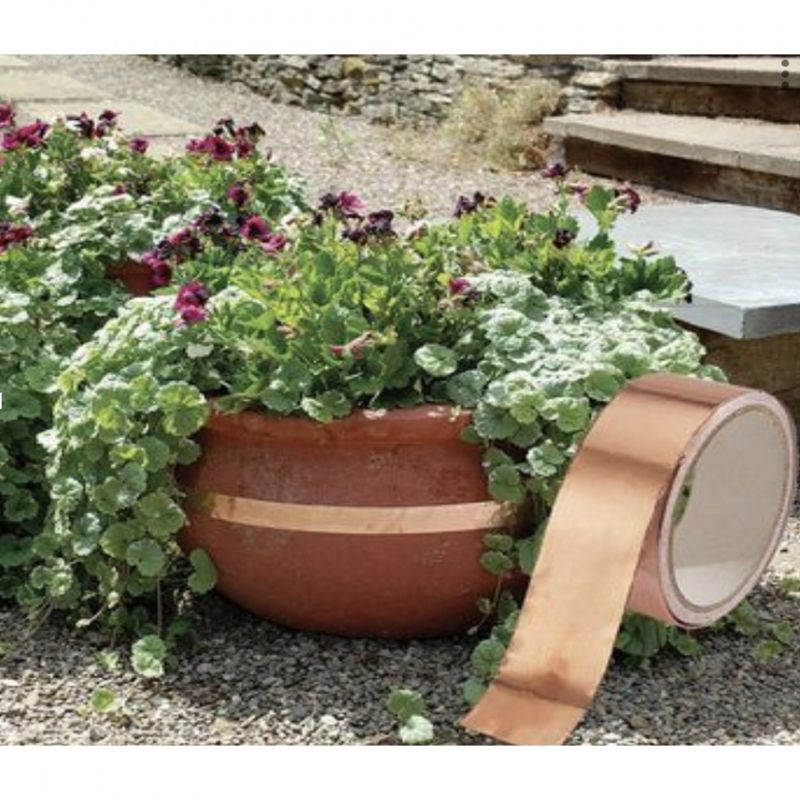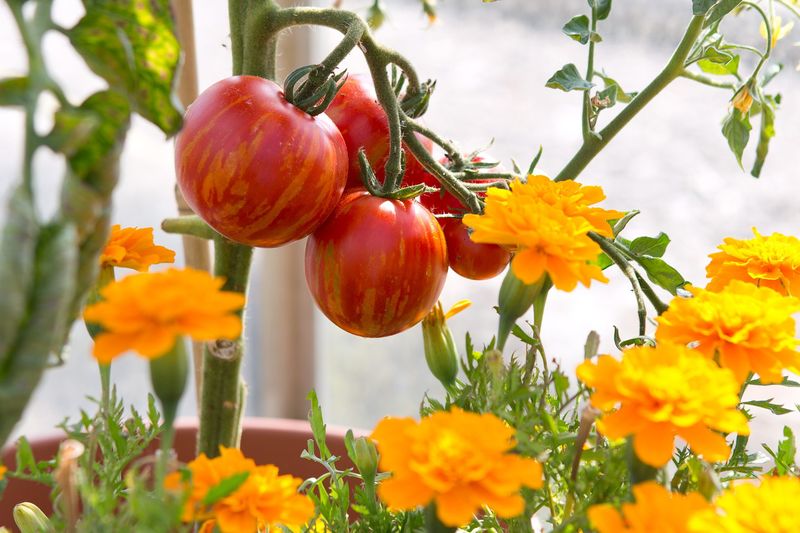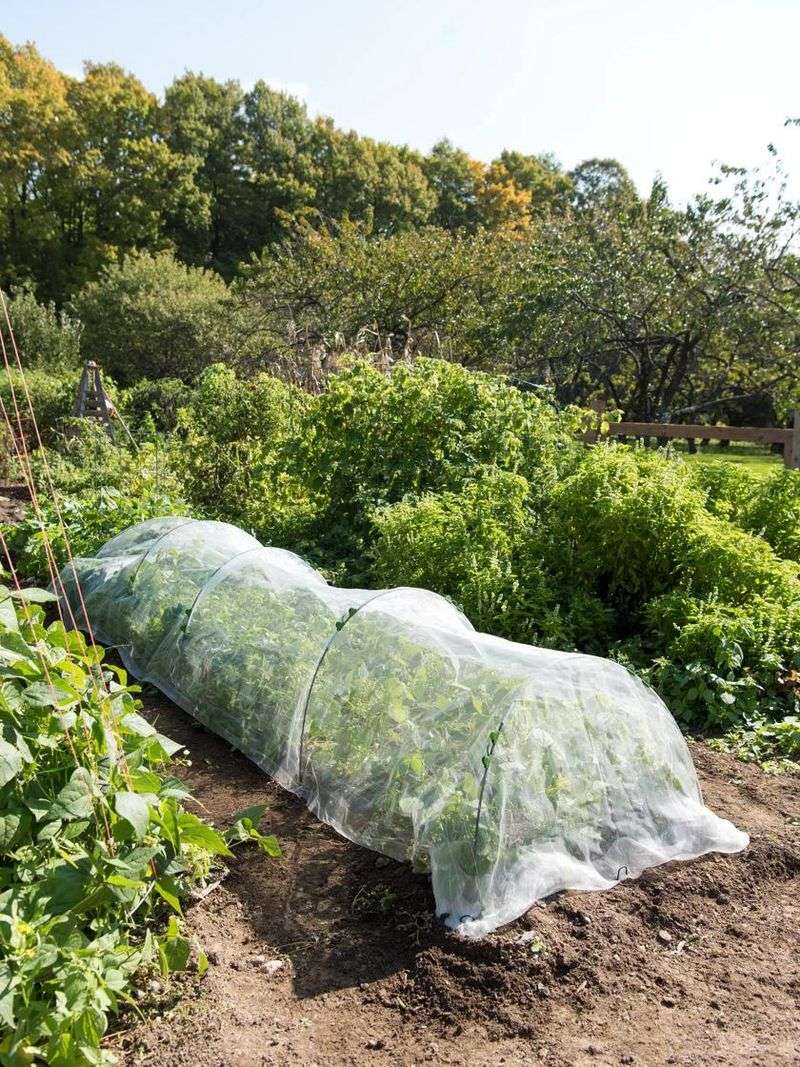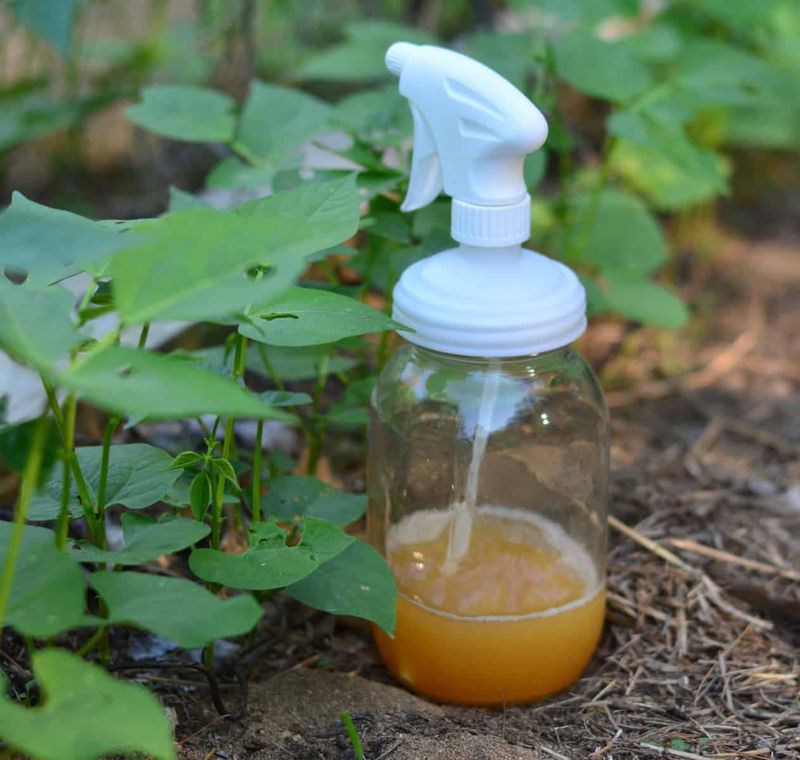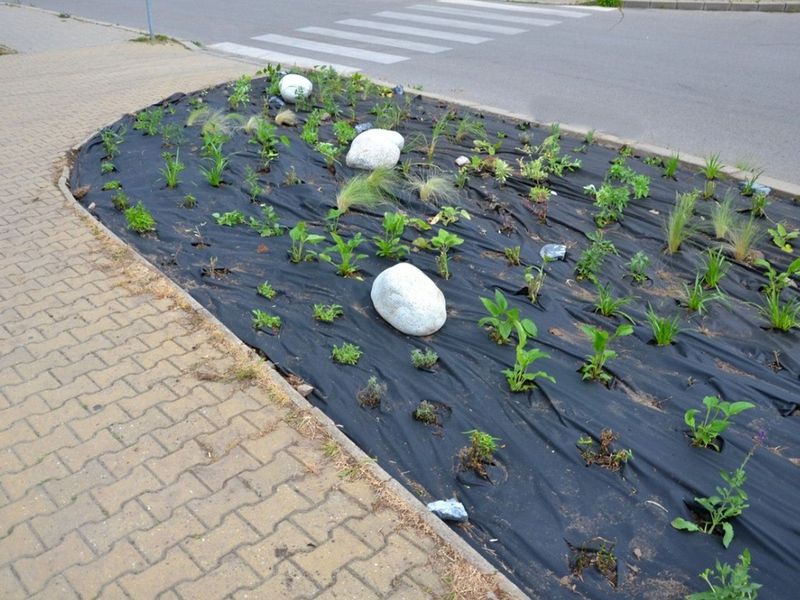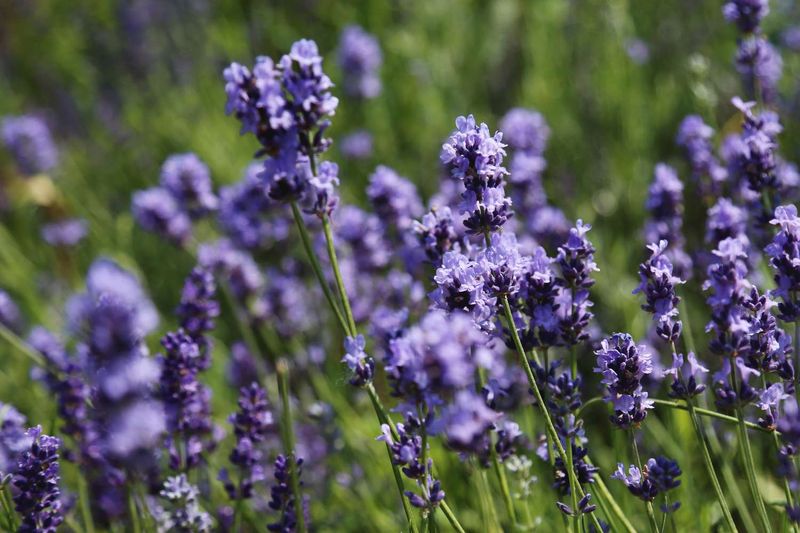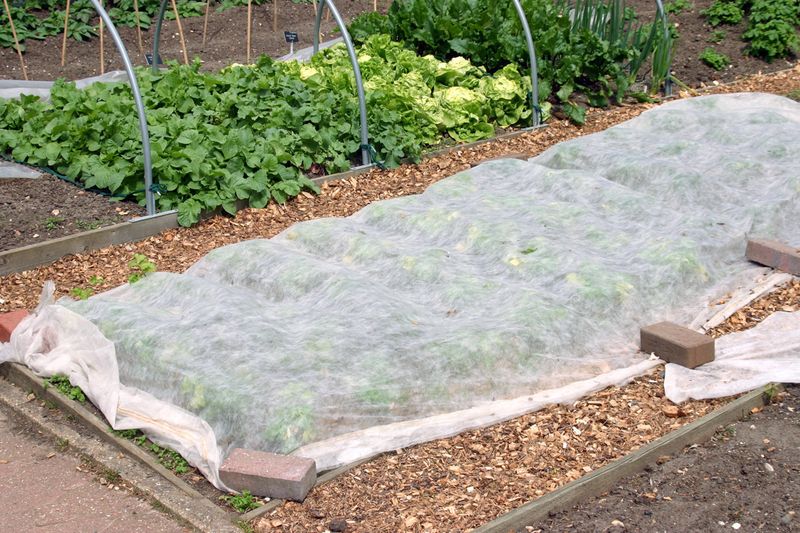Gardening has a special kind of magic, doesn’t it? There’s something so satisfying about tucking tiny seeds into the soil and watching them grow into something beautiful—or delicious! But if you’ve ever planted seeds only to find them mysteriously missing or struggling days later, you’re not alone.
The truth is, those early days after planting are critical. Seeds are quite vulnerable. That’s why I’ve pulled together these smart and simple hacks to help you protect your seeds right from the start.
These tricks are easy to try, budget-friendly, and make a real difference. Let’s give your seeds the best possible head start—because every great garden begins with a little extra care.
1. Eggshell Guard
Crushed eggshells are a fantastic natural barrier against soft-bodied pests like slugs and snails. Their sharp edges deter these slimy invaders from reaching your seedlings.
Simply scatter them around the base of your plants to create an effective protective ring. Not only do they protect, but eggshells also enrich the soil with calcium as they decompose.
This dual benefit makes them a brilliant hack for any gardener looking to boost plant health while warding off troublesome critters. Plus, it’s a great way to recycle kitchen waste in an eco-friendly manner.
2. DIY Mini Greenhouse
Creating a mini greenhouse using a plastic bottle is an ingenious way to shield seedlings from harsh weather. Cut a bottle in half and place it over your seedling, creating a warm, humid environment.
This setup mimics a greenhouse, encouraging germination and growth while protecting against cool temperatures and wind. It’s also transparent, allowing light to reach the plants.
As the seedling grows, the bottle can be removed, leaving a robust plant ready to thrive on its own. This simple hack is ideal for gardeners facing unpredictable weather patterns.
3. Coffee Grounds Barrier
Used coffee grounds offer more than just a caffeine kick for humans; they’re a natural deterrent for pests like ants and slugs. Sprinkle them around your seedlings to create a barrier that’s uninviting to these pests.
The grounds also add nitrogen to the soil, promoting healthy plant growth. Their texture is rough, making it uncomfortable for pests to crawl over.
Moreover, the grounds can help improve soil structure, aiding in water retention. This simple, sustainable hack is perfect for coffee-lovers looking to recycle and protect their plants.
4. Citrus Peel Planters
These can be used as biodegradable planters that enrich the soil as they decompose. Simply fill a halved peel with soil and plant your seed inside.
Once the seedling is ready to be transplanted, plant the peel directly into the ground. The degrading peel provides nutrients to the soil while protecting the young plant.
It’s an eco-friendly and aromatic way to start your seeds indoors. Plus, their compact size makes them perfect for windowsills or small spaces. This hack is ideal for those who enjoy upcycling kitchen scraps.
5. Netting Protection
An essential tool for protecting young plants from hungry birds. Drape fine mesh netting over your garden bed, securing it at the edges to keep the feathered invaders out.
The netting allows sunlight and rain to reach your plants while providing a barrier against birds. It’s a simple yet effective solution for gardeners dealing with frequent avian visitors.
Additionally, this method can help reduce wind damage to delicate seedlings. Using netting ensures that your hard work planting seeds doesn’t go to waste.
6. Mulch Magic
Applying mulch around your seedlings serves multiple purposes: it conserves moisture, suppresses weeds, and stabilizes soil temperature. Straw, wood chips, or leaves can be used as mulch to protect the young plants.
This layer acts as insulation, keeping the soil cool in warm weather and warm in cooler weather. By blocking sunlight, it also discourages weed growth, reducing competition for resources.
Mulch creates a neat appearance and can improve the soil as it breaks down. It’s a go-to hack for maintaining moisture and health in your garden.
7. Copper Tape Trick
This is a clever, chemical-free way to deter slugs and snails from feasting on your seedlings. These pests dislike crossing copper, as it reacts with their slime, creating a mild electric shock.
Wrap copper tape around plant pots or garden bed edges to form an effective barrier. It’s an unobtrusive and environmentally friendly solution for protecting your plants.
This simple hack helps ensure your seedlings can grow without the risk of being devoured by these pesky critters. Ideal for gardeners looking for natural pest control solutions.
8. Companion Planting
This involves growing plants together that benefit each other, creating a balanced ecosystem. Planting marigolds alongside vegetables, for example, can repel harmful insects while attracting beneficial ones.
This method not only deters pests but also can enhance growth and flavor. The diverse planting also maximizes space and can lead to healthier plants.
As each plant supports the other, it creates a natural barrier and protection system. It’s an intelligent way to cultivate a garden that thrives on mutual benefits and biodiversity.
9. Row Cover Defense
Using these is a smart tactic to protect seedlings from both pests and weather extremes. These lightweight fabrics are draped over rows of plants, allowing moisture and sunlight through while blocking insects and providing frost protection.
They create a microclimate that can speed up plant growth by retaining warmth. Row covers are particularly useful in early spring or late fall when temperatures fluctuate.
They’re a versatile and reusable solution for gardeners looking to extend their growing season and protect young plants from environmental stresses.
10. Soap Spray Solution
A homemade soap spray is an effective way to combat aphids and other soft-bodied insects. Mix mild liquid soap with water and spray it directly onto the plants.
The soap dissolves the protective coating of insects, causing dehydration and death. This method is non-toxic, making it safe for both plants and humans. Regular applications can keep pest populations in check without harming beneficial insects.
It’s a cost-effective, natural alternative to chemical pesticides, perfect for gardeners who prefer organic solutions to plant care.
11. Wind Break Walls
Constructing windbreaks is vital for gardens in windy areas. Use materials like burlap or reed mats attached to stakes to form barriers around your garden bed.
These windbreaks reduce wind speed, protecting delicate seedlings from potential damage. By minimizing wind stress, plants can focus on root and leaf development. This method also helps in maintaining humidity levels, essential for seedling growth.
It’s a practical solution for exposed gardens, ensuring that small plants are not overwhelmed by harsh weather conditions.
12. Reflective Mulch
Reflective mulch, often silver or white, is a great way to enhance light exposure for your seedlings. By placing this mulch around your plants, sunlight is reflected upward, increasing photosynthesis and growth.
It also helps to deter aphids, as the reflected light confuses these pests. This dual-purpose hack not only boosts plant development but also acts as a pest deterrent.
Reflective mulch is especially useful in shady gardens or during overcast periods. It’s a strategic choice for gardeners aiming to maximize light and deter insects.
13. Natural Barrier Plants
Planting natural barrier plants like lavender or rosemary can protect your garden from pests. These aromatic plants repel insects such as mosquitoes and flies, creating a fragrant fortress around your seedlings.
They also attract pollinators, enhancing plant growth and yields. This method integrates pest management with beautification, offering a pleasant scent and visual appeal.
Selecting the right barrier plants contributes to a healthy garden environment. It’s a sustainable, eco-friendly approach to pest control, leveraging nature’s own defenses.
14. Floating Row Covers
These are a versatile tool for protecting young plants from pests and harsh weather. These lightweight fabrics rest directly on crops, providing a barrier that insects can’t penetrate.
They allow sunlight, air, and moisture to reach plants, promoting healthy growth. Perfect for organic gardening, they help avoid chemical pesticides while ensuring plants are shielded.
Easy to install and reusable, floating row covers are ideal for gardeners seeking a simple yet effective protective solution. This method supports plant development in challenging growing conditions.
15. Sandpaper Seedling Defense
Using this around seedlings is a nifty way to deter crawling insects. The rough texture of sandpaper is unpleasant for slugs and snails, keeping them away from tender shoots.
Cut sandpaper into rings and place them at the base of plants to create an effective barrier. This approach is chemical-free and doesn’t interfere with watering or sun exposure.
It’s especially useful for gardens prone to slug invasions. This hack is both cost-effective and easy to implement, providing peace of mind and protection for budding seedlings.

